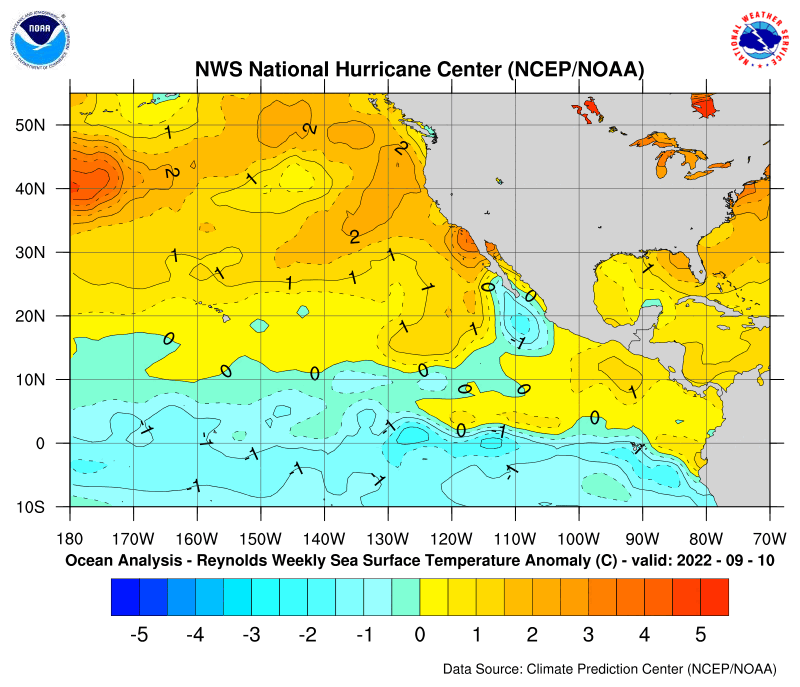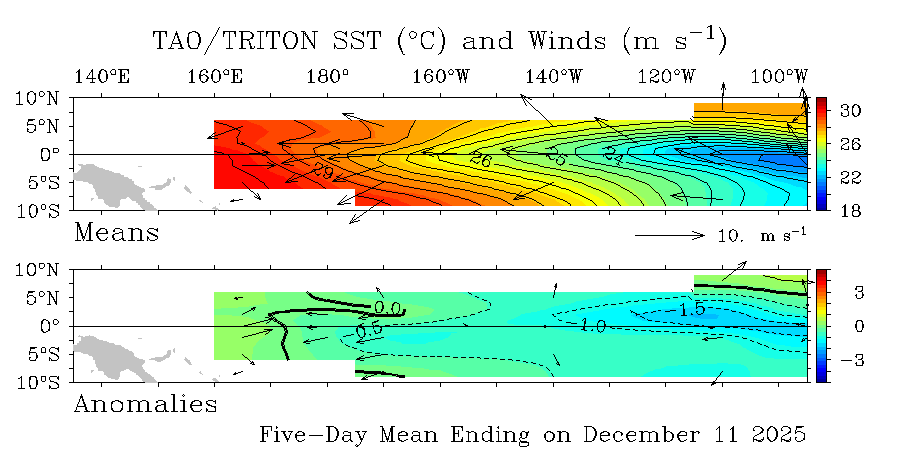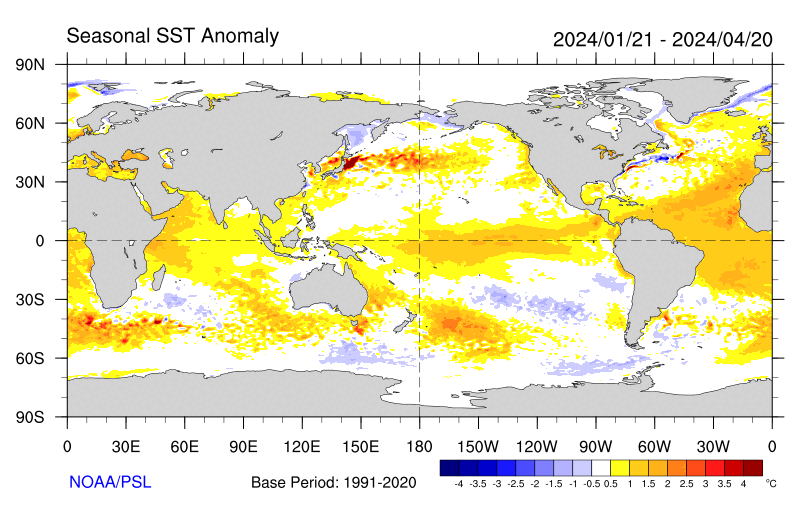x-y-no wrote:Jim Hughes wrote:P.K.,
I know they are different then Long Paddock but they are basically looking at the same data so I am somewhat surprised by their comments. I guess they are not putting to much emphasis in this recent SOI trend the past week.
The + 21.30 average during the past week is somewhat meaningless but you have to watch out for these developing trends at this time of the year. I would be more inclined to give it more weight if occurred down the road a ways in another 4-8 weeks but it still could be an important indicator.
Especially when you consider the overall absence of positve trends like this the past few years. Lets see what continues. They may be whistling a different tune next update.
Jim
I'm inclined to agree that this is starting to look more significant, Jim.
Well I am cautious about making an assumption off of a small pattern change but OTOH if you were expecting to see a change it can have some significance. Although I must admit I did not expect the positive SOI trend to really kick in until early March.
Jim
















